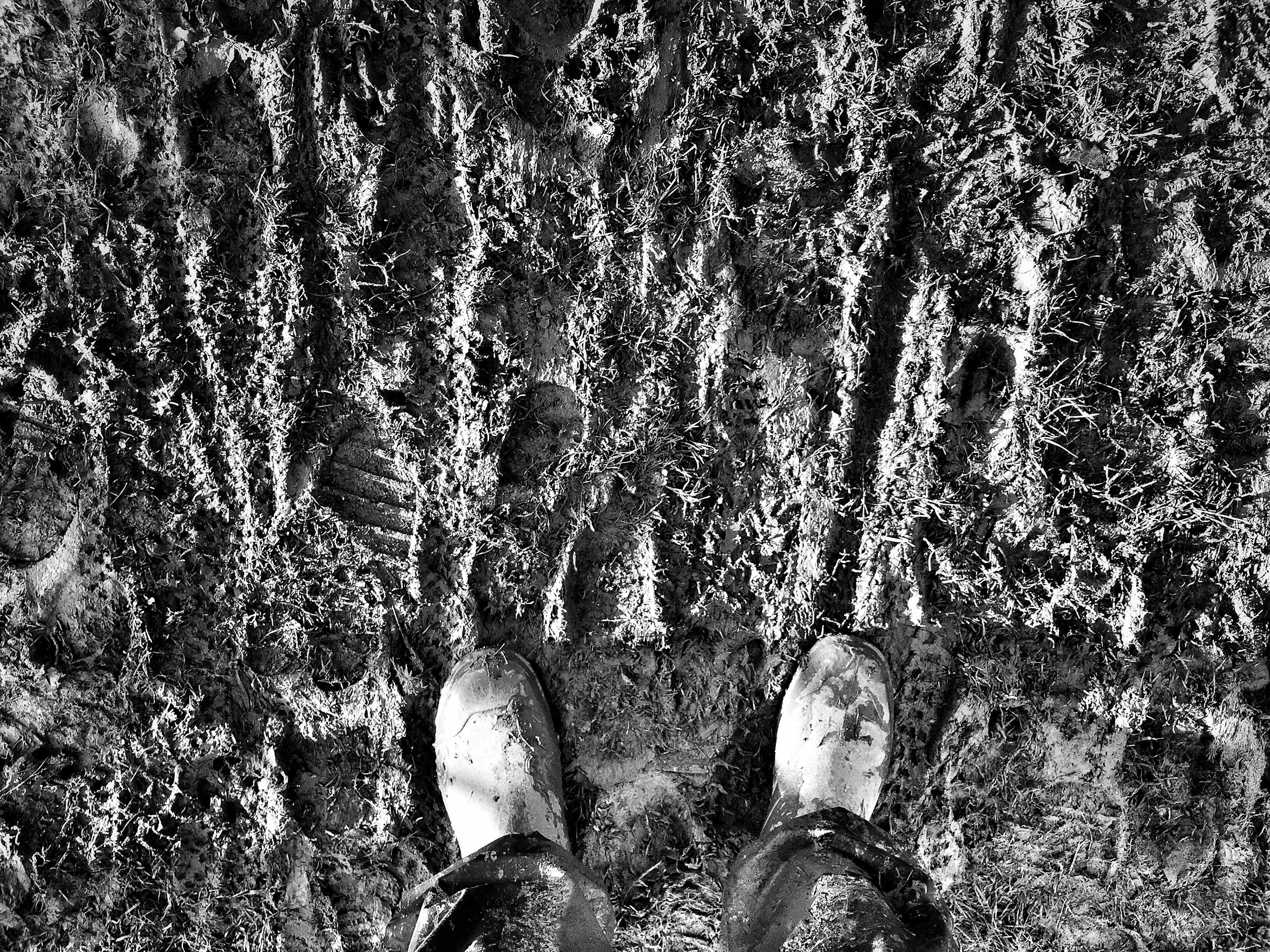Photos by Nicholas Keegan
Until recent years, cyclocross in Ireland has been a parochial sport. Localised in extremis. Diminutive. Ratty. The little brother no one in the family likes to talk about after the incident with the pigeon and the melon baller. Things, though, they are changing. As someone who rode in the old ’cross scene and left for greener pastures in the UK, it has been interesting to look back at how it has changed.
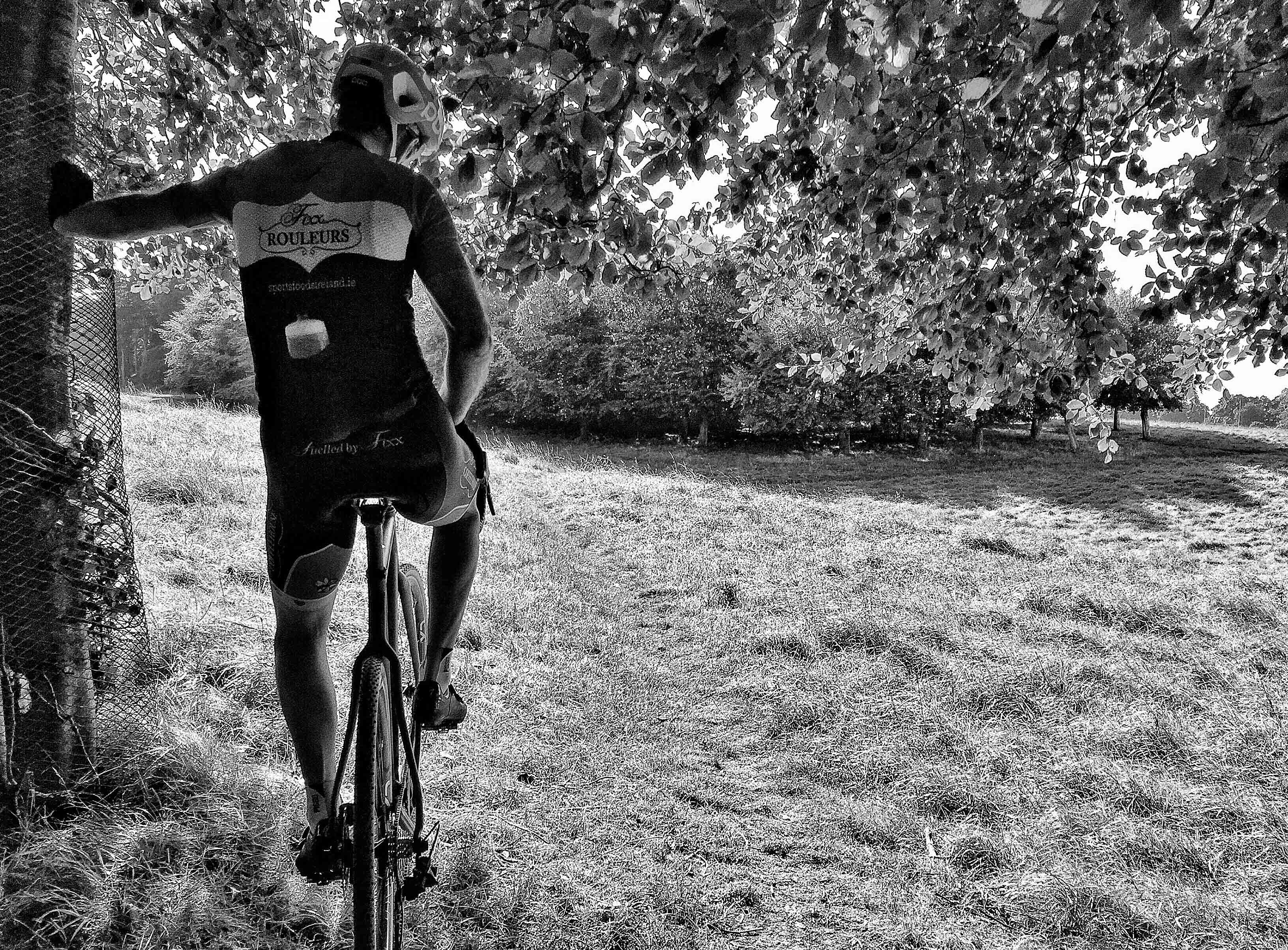
Ireland: it’s not a big country, nor is it a country fast to adopt new things. We’re a bit slow like that. Traditionally dedicated ’cross riders were few and far between. If you called yourself a ’cross rider you were generally regarded as a shit roadie. Most of us were mountain bikers looking for something to do in the winter months, and surprisingly a lot of the riders from the summer track league. Summer only, as the Dublin track is outside, a stunningly nonsensical situation for a country where it’s known to rain the odd time. The roadies didn’t partake. It just wasn’t done. There were a few riders that would have called themselves ’cross-focused. Fewer clubs or teams would focus on the cross season.
There is an old saying in Ireland: “is maith an t-anlann an t-ocras”, hunger is a good sauce. The hunger for a dedicated ’cross scene in Ireland has been palpable for years. There was always a core of racers in the Leinster area, as well as smaller groups in the Ulster area, and both these scenes grew to support their racers in a very different manner. I was lucky to race with one of the ’cross-focused teams and it opened my eyes to racing in the UK, the National Trophy Series, and eventually the Three Peaks CX race. Coming home talking about pits, pressure washers, helpers—people found it hard to believe it could be so different across the water. Yet even fewer made the effort to experience it. Such a shame.
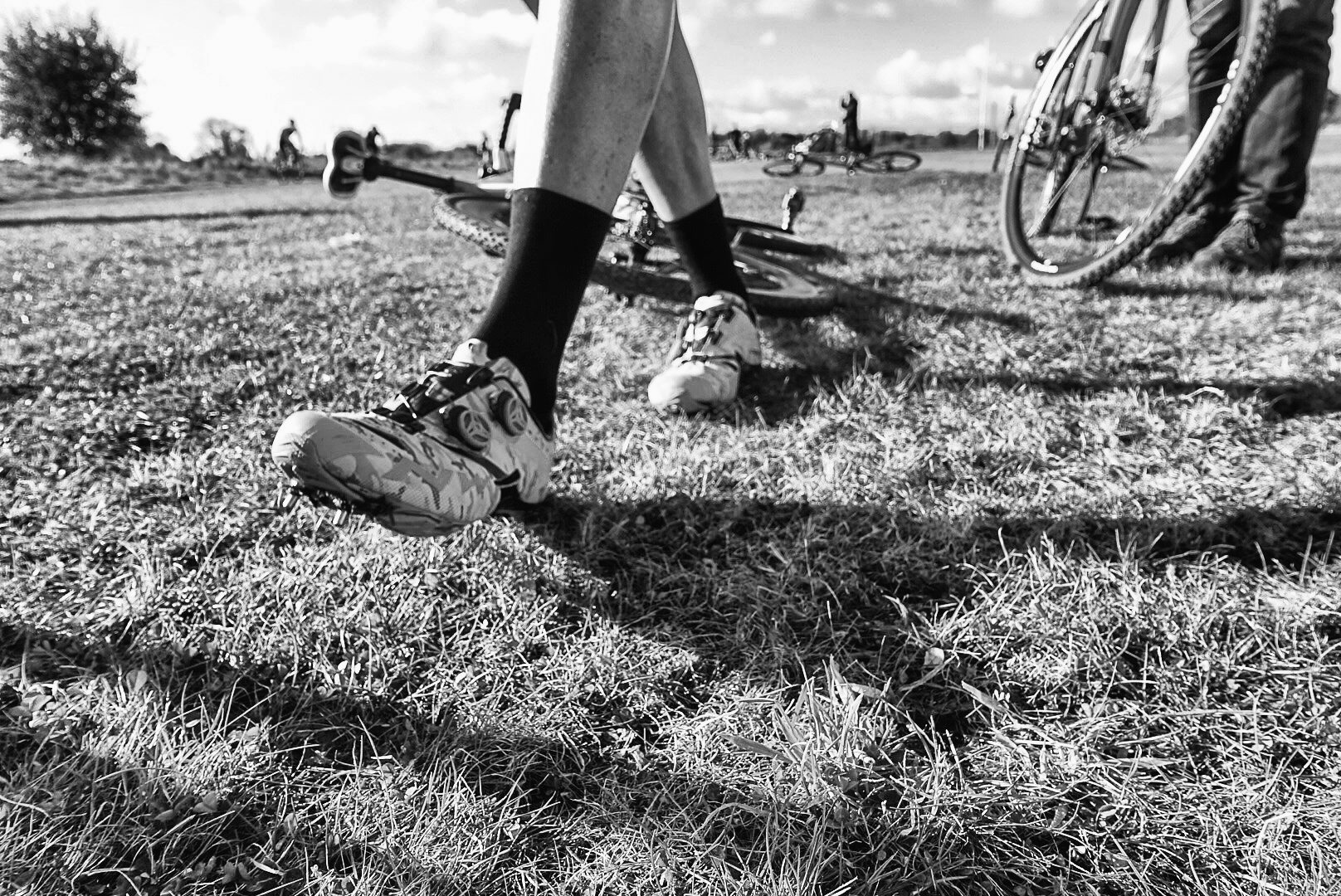
In Dublin the focus was on racing, on driving and developing the ’cross scene and nothing else. Separating it from the other off-road disciplines. One group of people led this to the most logical conclusion: the removal of mountain bikes from races. Race on your ’cross bike or don’t race. Don’t have a ’cross bike? Buy/borrow/steal a ’cross bike—then you can race. An unashamedly elite race clique developed. The Supercross Cup started. The Tuesday Night Worlds were formed, initially an invite-only training group on a strip of shitty grass beside a motorway and housing estate that hated us. Flat out, skills and spills. Whatever the weather. Come or don’t, no one is going to care. They’re going to be training. You’re just slipping back. We all knew each other as friends off the course, foes on the course. Wonderful times.
In Ulster the focus was on development, tonnes of kids’ races, mountain bike classes, then a token ’cross race tagged onto the back after the course was shredded. Maybe I sound bitter, but that’s how it felt when you came up from a race scene that was only about the ’cross riders. About the course. The riders never moved on. If I have a mountain bike, why would I buy a CX bike? I’ll just use this. No. ’cross is about one thing: riding as fast as you could on skinny tyres on sketchy courses. You’re not going to get it, unless you try it. Ditch your mountain bike, embrace the graceless dance of cyclocross.
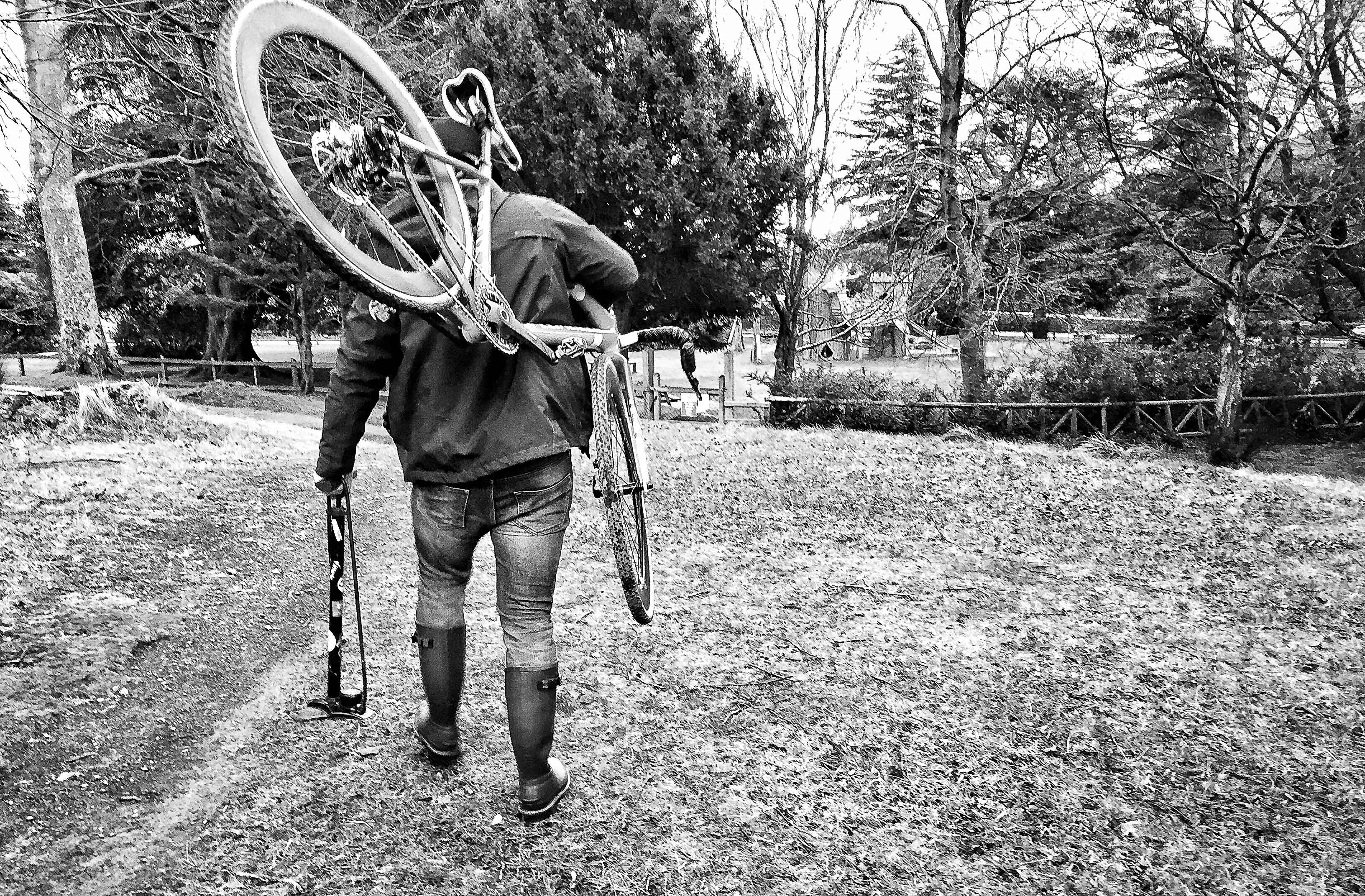
Sadly, outside of these areas there was nothing. Not a dot. The odd rider from Munster may have travelled for races, but they were few and far between. It was sadly a time when the ground on which we played cyclocross had been salted outside of Dublin and the North of Ireland. Luckily we could easily travel between the areas on the Dublin-Belfast motorway. Both groups moved between each other, no rivalry, just dedicated riders enjoying the racing that was put on. It thrived in its own tiny ecosystem. Then it changed. Rapidly.
It used to be that the scene started in late September, we raced every second week until mid-December, had a break to get pissed and fat over the festive period, then tried (and failed) to get fit for Nationals. It was all a bit haphazard. Four, maybe five races in Dublin—the same up North. That was your season. Now, not so much. This season the northern calendar has 13 races, the south somewhere between five and seven—as usual, no one has posted the dates. But the difference is how it’s being done now. We’ve gone from a ‘jumpers for goalposts’ style of course marking to double-taped, fully marked courses with dedicated pit lanes and helpers. Something I only dreamed of when I raced at home. Something I demanded when I started racing abroad, only to be told, “Ah don’t mind it, it’s not wanted.” Nonsense. If you build it, they will come.
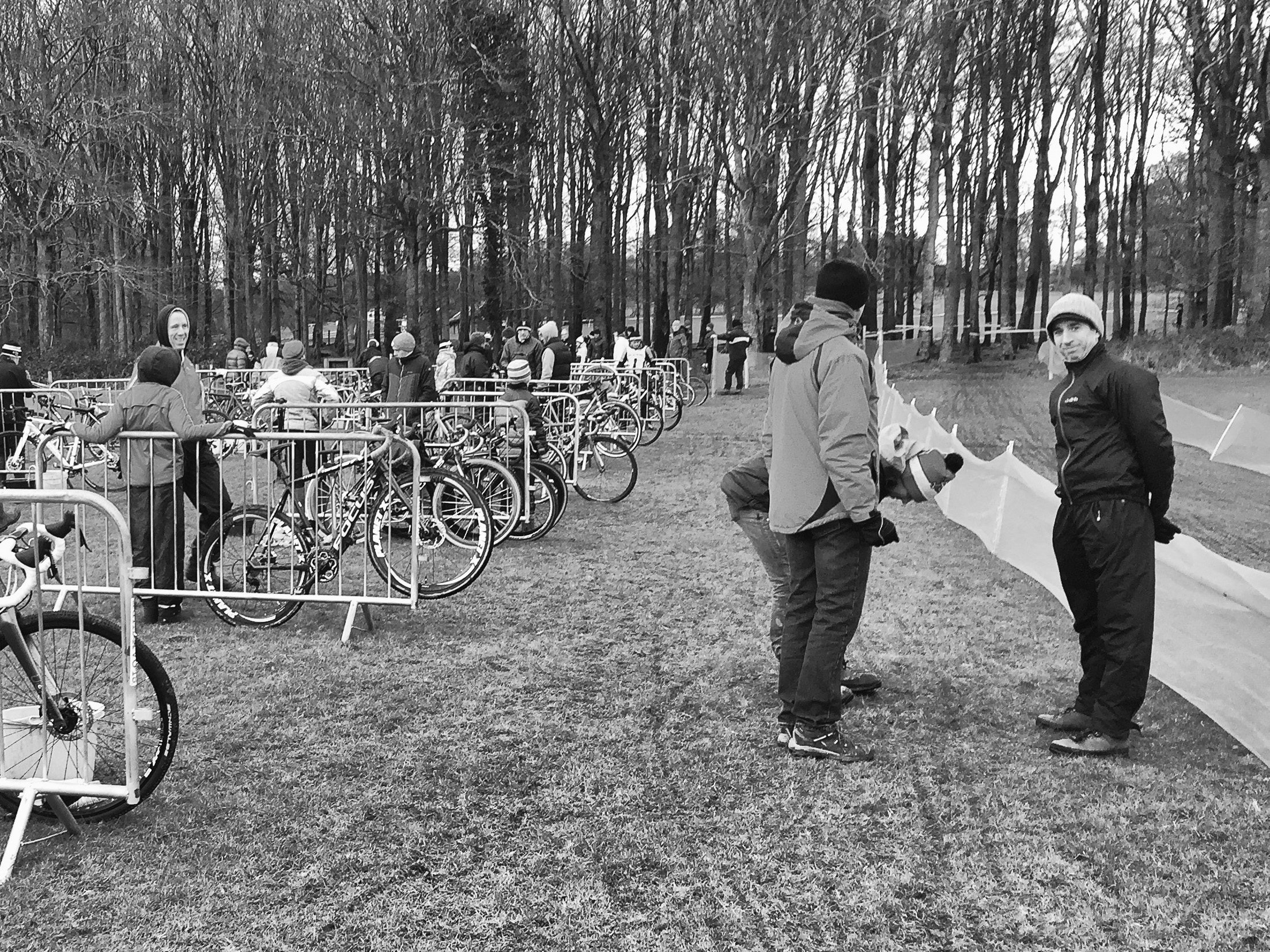
Like many places in the the past few years, Ireland has morphed into something we’d never thought it could be. The numbers of people riding bikes have swelled. Hell, the population has swelled! The number of people who’ve bought ’cross bikes to commute on then discovered you can race these things has exploded. Roadies, triathletes, hipsters bored with the fixie fad, dare I say even ‘normal’ people, have all caught the virus and given ’cross a go. In some cases, this has been to the point where courses and traditionally used venues are too small to hold the races they once did. Old beloved venues were culled. New ones groomed. The vision was starting to take form.
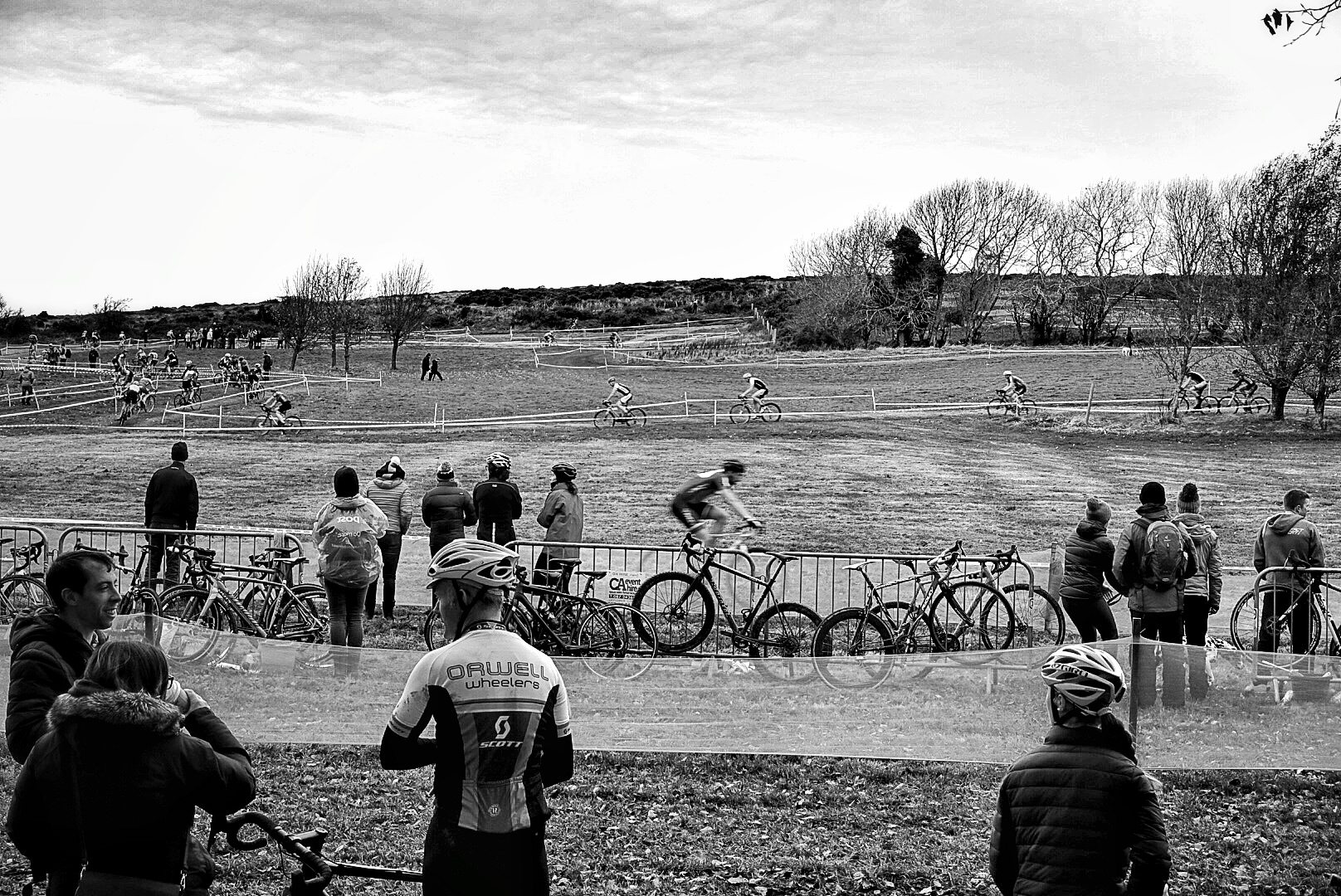
Classes that were previously a simple Men/Women exploded into A/B/Vet/Junior, each filling up both female and male categories the day that entries open—online entries, a dirty word in Irish cyclocross until a few years ago. In no way is this a bad thing. Out with the old, in with the new. All hail our new shiny disc-braked cyclocross overlords. Much like the entire of the country, gone are the days of boiled cabbage and salted ham, in are the days of hummus and organically farmed foul. Cantis for discs. Steel for carbon. Tubs for tubeless…well, maybe not that. These people came not from the developmental races, but from the sidelines. And with them came change. Wonderful blissful change.
What this change and explosion in the Irish ’cross scene will bring long-term I do not know. More riders, more expectation, more races. All of these things come with a bigger group to pull from and they usually result in positives. Can the Irish scene support more races? Yes, there are venues, but they are not in the traditional strongholds. Can the Irish scene develop even more? Yes, get outside your damn country—race abroad—you’ll see why once you do it.
